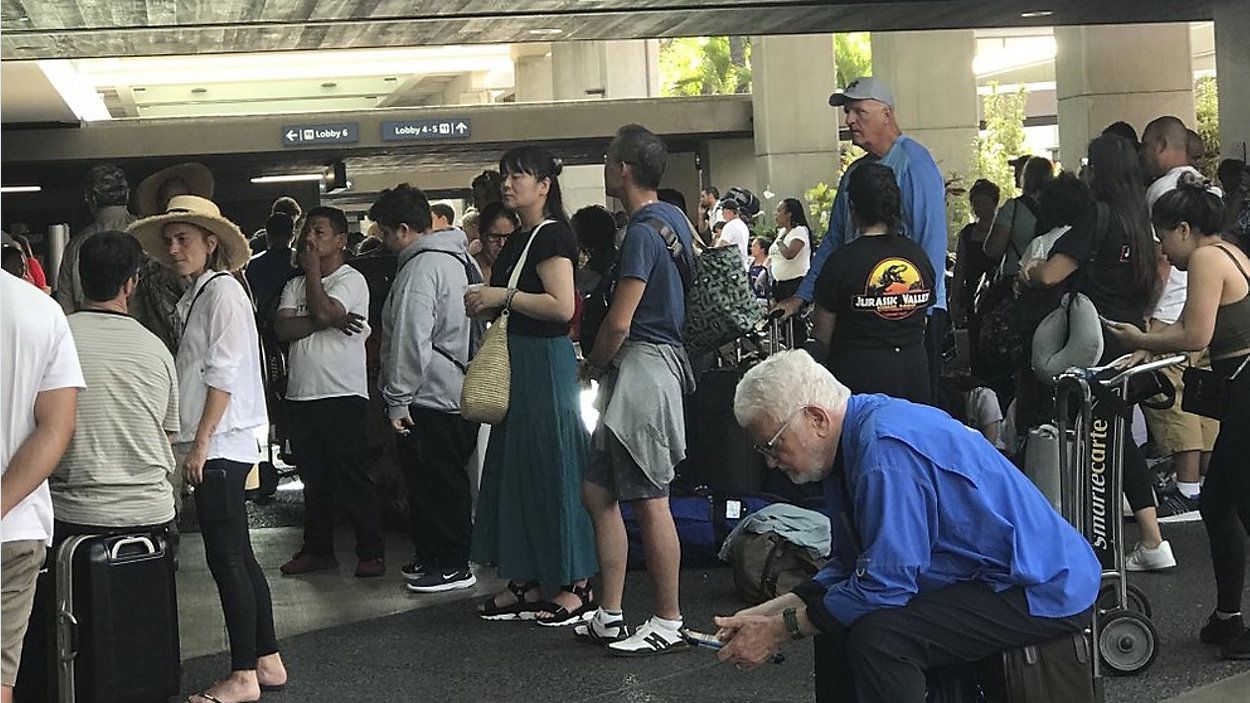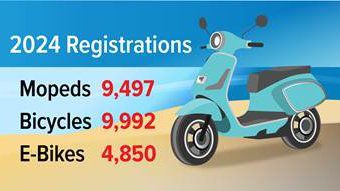While popular assumption holds Hawaii has been subject to a continued out-migration of local residents in recent years, new analysis from the University of Hawaii Economic Research Organization finds that narrative is only part of the state’s overall migration story.
JoonYup Park, an assistant professor in UH’s Department of Urban and Regional Planning and UHERO, analyzed U.S. Census data and found that while about 58,000 individuals left Hawaii (primarily for California, Washington and Texas) in 2023, that number was roughly matched by those moving to Hawaii from other states. Another 14,000 moved to Hawaii from locations outside the United States.
Excluding 2021, something of a statistical outlier due to the pandemic, 2023 was the first year in the 2010 to 2023 period Park examined, in which the state did not register a net population loss due to domestic migration.
“However, when international migration is included, Hawaii has generally maintained a positive net-migration rate, meaning more people have moved to the state from both the U.S. and abroad than have left,” Park wrote. “This long-run pattern of positive total net-migration ended in 2019 with a string of four years of net out-migration, a first since statehood.”
In 2023, white individuals (54%) made up the majority of those leaving the state, followed by Hispanic (20%), Black (9%) and Asian (9%). Hawaiian and Pacific Islanders represented about 1% of out-migrants.
Of those moving to the state, 45% were white (a 5% increase over the previous year), followed by Hispanic (17%), Asian (16%) and Black (3%) individuals. Native Hawaiian and Pacific Islanders accounted for 3% of in-migrants.
Park noted that while many assume that most out-migrants are younger generations are leaving the state for better educational and job opportunities or older, retired individuals seeking different climate, culture and amenities, this does not align with the actual data.
“Most of the net population gain comes from individuals aged 25 to 44 — prime working-age individuals,” he wrote. “This younger generation is driving the state’s general trend of positive net migration. While there is also a notable in-migration of individuals aged 65 and older, the idea that young adults are leaving en masse is not fully supported by the data.”
The net migration pattern for children under age 18 was generally negative, which aligns with a 13% decline in local public school enrollment over the last 20 years. And while more people age 18 to 24 also left the state than moved in, the net increase in prime working age individuals “suggests that while some leave the islands when they are younger, many may be returning later in their careers,” Park wrote.
Park further noted that while about 6,400 locally born residents left the state in 2023, an estimated 12,100 such individuals returned, a reversal of pre-COVID trends.
Michael Tsai covers local and state politics for Spectrum News Hawaii. He can be reached at michael.tsai@charter.com.











